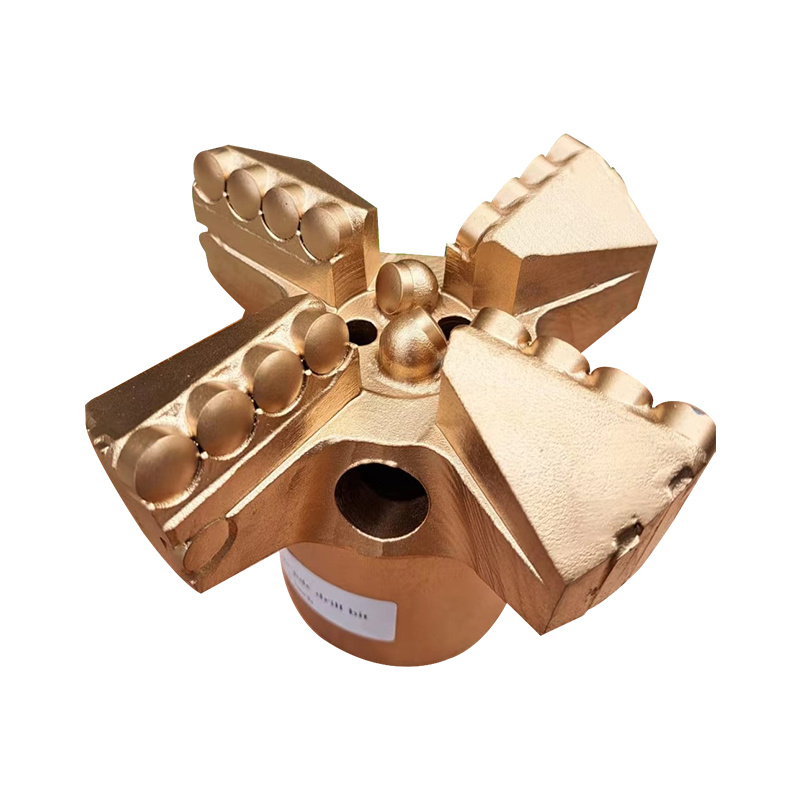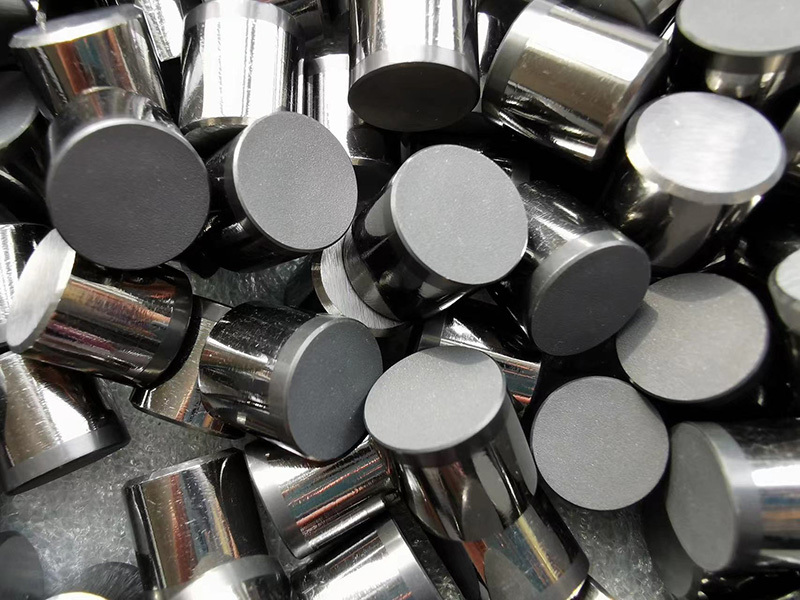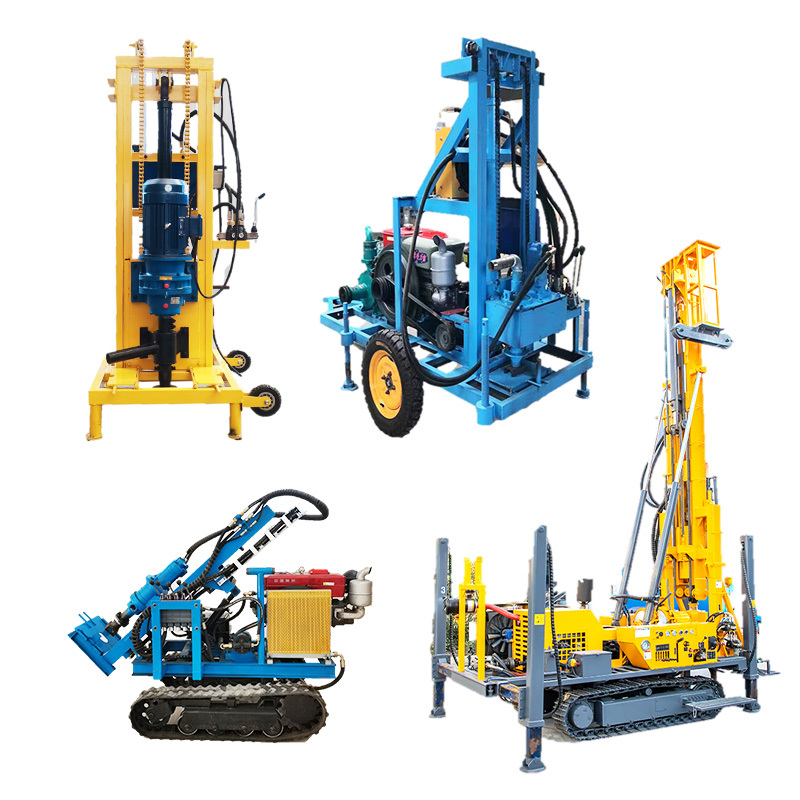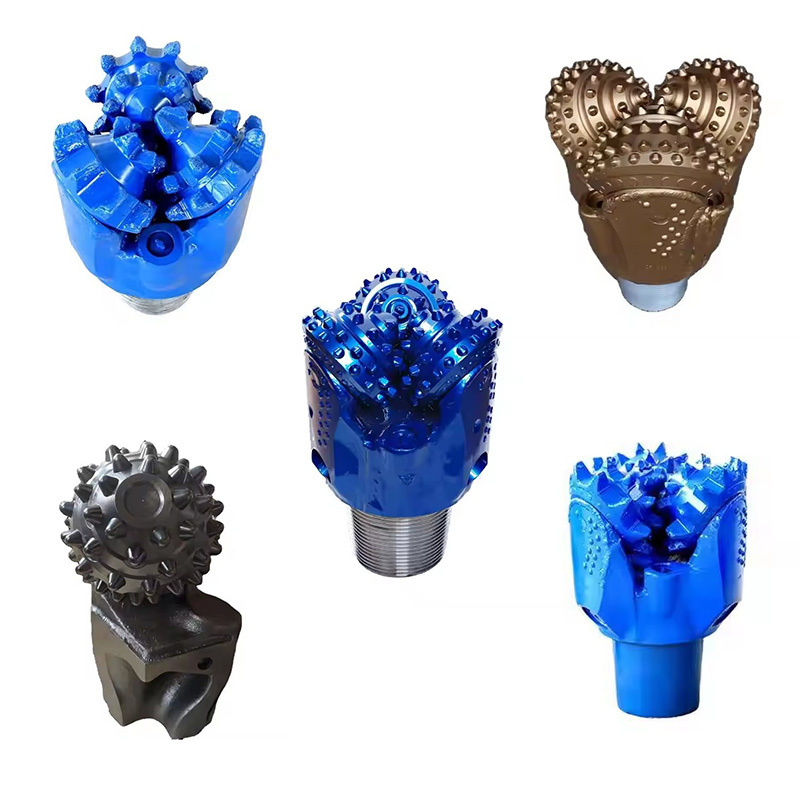How to Choose Between Steel Tooch Tricone Bits and Milled Tooth Tricone Bits?
Jun 01,2025
Tricone bits reign supreme in oil and gas exploration, where choosing the right type – steel tooth or tungsten carbide insert (TCI) – becomes critical for efficiency and cost.
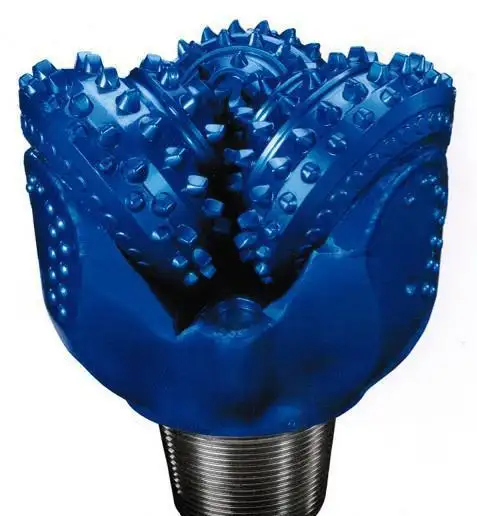
Unlocking Bit Performance: Core Structural Differences
- Steel Tooth Bits: The teeth are milled directly from the cone body, creating a single, unified piece of high-strength steel. While teeth are large and wide for effective scraping in soft formations, their key weakness is wear resistance. Surface treatments like carburizing, quenching, or hardfacing help but offer limited overall durability.
- Tungsten Carbide Insert (TCI) Bits: Indestructible tungsten carbide teeth are manufactured separately and pressed into precisely machined holes on the cone body under tight interference fit. While immensely hard and wear-resistant, the need to drill these mounting holes historically compromised cone body strength and bearing space.
- Securing the Carbide: Innovations in TCI design now favor mouth-end positioning. Unlike the traditional root-end positioning, this allows carbide inserts with crowns wider than their roots. This breakthrough enhances cutting efficiency while protecting the crucial tooth seating area from fluid erosion.
Rock Warriors: Matching the Bit to the Battlefield
Selecting the optimal tricone bit requires precise analysis of formation properties: hardness, plasticity, brittleness, abrasiveness, and drillability.
- Steel Tooth Territory (Soft & Medium-Soft Formations):
- Exclusively targets low compressive strength, highly drillable layers.
- Series 111/114/115/117: Ideal for clay, mudstone, chalk.
- Series 131/134/135/137: Excels in medium-soft shale, limestone, and soft formations with harder streaks.
- Performance Key: Pair with high rotary speed and low weight-on-bit, especially effective in shallow, unconsolidated upper sections like the Plain and Minghuazhen formations.
- Exclusively targets low compressive strength, highly drillable layers.
- Tungsten Carbide Domain (Soft to Ultra-Hard Formations):
- Dominates where steel teeth falter due to wear or formation strength.
- Series 435/437: Tackles extremely soft to soft clay, mudstone, gypsum, salt rock.
- Series 615/617: Engineered for medium-hard to hard shale, limestone, sandstone, dolomite.
- Series 637: Conquers hard sandstone, limestone, dolomite, anhydrite, and marble (high compressive strength).
- Performance Key: Utilizes lower rotary speeds and significantly higher weight-on-bit, critical as depth increases and rock strength grows under confining stress.
- Dominates where steel teeth falter due to wear or formation strength.
Performance Analysis: Strengths and Challenges
- Steel Tooth Bits:
- Strength: Unmatched cutting efficiency in soft rock. Relatively simple manufacturing and lower cost.
- Weakness: Limited wear resistance leads to rapid degradation in abrasive or harder formations. Poor gage protection can cause hole shrinkage and related issues like differential sticking or stuck pipe in softer formations.
- Strength: Unmatched cutting efficiency in soft rock. Relatively simple manufacturing and lower cost.
- Tungsten Carbide Insert Bits:
- Strength: Superior wear resistance – often outlasts bearings. Excellent gage retention, crucial in abrasive formations and demanding directional/horizontal wells.
- Weakness: Lower initial penetration rates (ROP) in very soft formations compared to steel tooth. More complex, costly manufacturing.
- Strength: Superior wear resistance – often outlasts bearings. Excellent gage retention, crucial in abrasive formations and demanding directional/horizontal wells.
SUNGOOD TECH Engineer's Viewpoint:
Forget "Soft = Steel, Hard = Carbide." Optimal selection demands a holistic view:
- Formation & Depth: Analyze hardness, plasticity, brittleness, abrasiveness, drillability. Consider depth-related pressure effects.
- Wellbore Trajectory: Directional wells demand enhanced gage protection (TCI strength). Specialized features like gauge teeth are crucial for building angle.
- Drilling Parameters: Match parameters to the formation and bit type for peak ROP and longevity:
- Soft Formations: High RPM (120-180 rpm), Low WOB (10-20 kN/inch dia)
- Medium Formations: Med RPM (80-120 rpm), Med-High WOB (20-25 kN/inch dia)
- Hard Formations: Low RPM (40-80 rpm), High WOB (25-30 kN/inch dia)
- Soft Formations: High RPM (120-180 rpm), Low WOB (10-20 kN/inch dia)
What's Your Toughest Formation Challenge?
Choosing the right drill bit is mission-critical for drilling efficiency and cost control.
Related News
Contact Us







